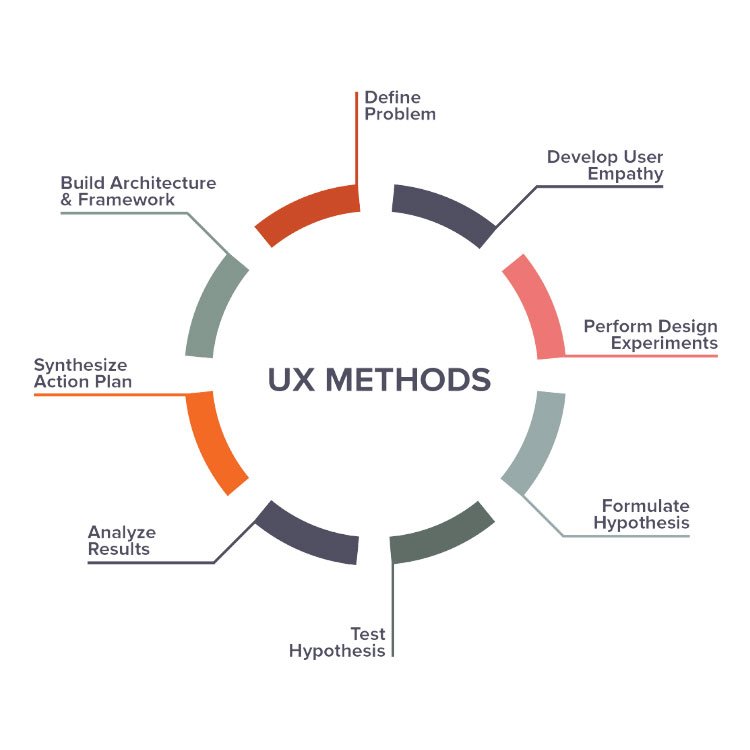
The Challenge
Highgate Dubai is Dubai’s leading property agents, formed in 2005 to help interpret the property buying process in Dubai and, provide first time home buyers, upgraders and renters solutions to make more informed property decisions.
As agents, the significant challenge they faced was related to time management as well as ensuring new properties hit the market speedily.
The Breif
Working with the client we were able to understand how carried out their duties from day to week and months. We were able to get an idea of what we needed to build in order to help time manage properties and their times within those properties.
We were able to put together a strategy to ideate with the client ways they could work smarter by giving them the tools they normally find in the office or online.
The outcome was to create an app for the agents, which they can use on their travels, whereby they can add new properties to the app and that would help them upload new properties on the website.
The strategy was to:
-
- Help agents manage their time by improving efficiently, hassle-free and simple agent experience
- Identify problems and create solutions based on research and testing.
- Retention of property seekers & agents accounts
- Investigate & resolve of visitors dropped off during the search process.
- Create and validate design solutions for the existing pain points


The Research
We worked with the Highgate Dubai team to discuss their pain points and find ways to assist them in fulfilling their daily tasks. We also needed to shadow the team member on meetings and following them to get more details on their routines.
We had set up a few focus groups to find a name for the app as well as to give them some websites and app to use, we ask a few questions and to gain more insights into the features that they might use. We posed probing questions to representatives of various agents age & demographics.
The Method
We engaged a team formed by four members who were given different roles, in this project, we used the five steps of Design Thinking methodology. This method allows us to generate ideas thanks to the double diamond process. The team believe ‘design’ is a process about changing existing situations into preferred ones, and this is our purpose in this project.
We will have multiple phases where we will diverge to generate as many ideas as possible and we will converge to land them and get a solid product.


Double Diamond model
Every design specialism has a different approach and ways of working, but there are some commonalities to the creative process. At the User Centric, we like to illustrate this with our Double Diamond model.
Divided into four distinct phases – Discover, Define, Develop and Deliver – the Double Diamond is a simple visual map of the design process.
Every design specialism has a different approach and ways of working, but there are some commonalities to the creative process. At the User Centric, we like to illustrate this with our Double Diamond model.
Divided into four distinct phases – Discover, Define, Develop and Deliver – the Double Diamond is a simple visual map of the design process.
In all creative processes a number of possible ideas are created (‘divergent thinking’) before refining and narrowing down to the best idea (‘convergent thinking’), and this can be represented by a diamond shape. But the Double Diamond indicates that this happens twice – once to confirm the problem definition and once to create the solution. One of the greatest mistakes is to omit the left-hand diamond and end up solving the wrong problem.
In order to discover which ideas are best, the creative process is iterative. This means that ideas are developed, tested and refined a number of times, with weak ideas dropped in the process. This cycle is an essential part of good design.

Pain Points
After concluding our research, we were able to collate all agents ‘pain points’ and find solutions to each of them. The team began to break down each pain point and conduct research into how other apps/websites have used technology to find solutions.
The notable pain points were as follows:
- When I wake up, I am not aware of the meetings I have planned for the day
- When visiting a client I need to take pictures of the property and any other related information e.g. number of properties on sale, schools, malls, restaurants & other nearby locality info
- When in the office I need to create the property advert on the website and upload all images
- Remembering login credentials for the numerous websites has become cumbersome
- Often we get called to meet potential property viewers when already out on viewings, it would be good to have a way to note down their details and find other properties they could view
User Testing
We invited all agents to help us test our assumptions, the agents were from different demographics, understanding how they interact and how they consumed the app.
This testing helped the team recalculate the layout and flow of the app, we needed to revise our structure a few time to ensure the UX was giving the right experience thought the app cycle.


Wireframes
As a team, we needed some data before we can begin working on the UX and app design. The pain points we found while testing the agents laid down the foundation for the app and something we used as a barometer towards the design.
We began working by producing low-fidelity sketches with the agents to see if our solutions would work, then we conducted some A/B testing to ensure the user flow and screen designs worked in situ.
Upon completing the sketches, we moved ahead to create high-fidelity wireframes with full flows, again this needed to tested with the agents before we moved to design the polished app designs.

The Result
We ran over 20 task tests to assess the future impact on user satisfaction. We measured the performance of the new design over key areas:
- Adding Properties (Ability of adding new properties)
- Time Management (Can user update meeting requests simply )
- Satisfaction (how happy users are using the app)
Agents did not have an app in the past that they could usefully, rather they needed to use multiple apps and websites to conclude their tasks. With the new app, they were able to add meeting requests for themselves and other agents as well as use the app to update new properties, this has helped them reduce time spent at the office and more out on viewings.
Completion: no more interference
After the designed website and app were tested, we noticed agents were no longer getting lost finding properties or adding new once. During our testing sessions, no agents gave up on looking for related properties, while it had been the case in some instances in the past.
Satisfaction: no more frustration
We were able to see a marked increase in the number of properties added and images uploaded. Furthermore, we were also pleased with the number of agents providing further suggestions on other topics that would help them sell properties.
Conclusion
The objective of the project was to find ways to improve the life of agents working with Highgate Dubai.
As you have seen in this use case, we have managed to just that, the new app is called “PropertyAgent” an only the staff who work at Highgate Dubai. Staff in the office, as well as those out on viewing, can access the same app to enter client viewings as well as add new properties.
The management team have given all team members ipads and instructed the team to take them where ever they go, also they must use the same device to enter meetings and new properties.
Once a new property or updates on any property are uploaded onto the app, the Highgate Dubai website will also is updated with the new information or property.
All staff now know ahead of time, all properties the company has on their books, and they can inform clients quickly the type of homes they may wish to view, making the stuff lives much more manageable.



